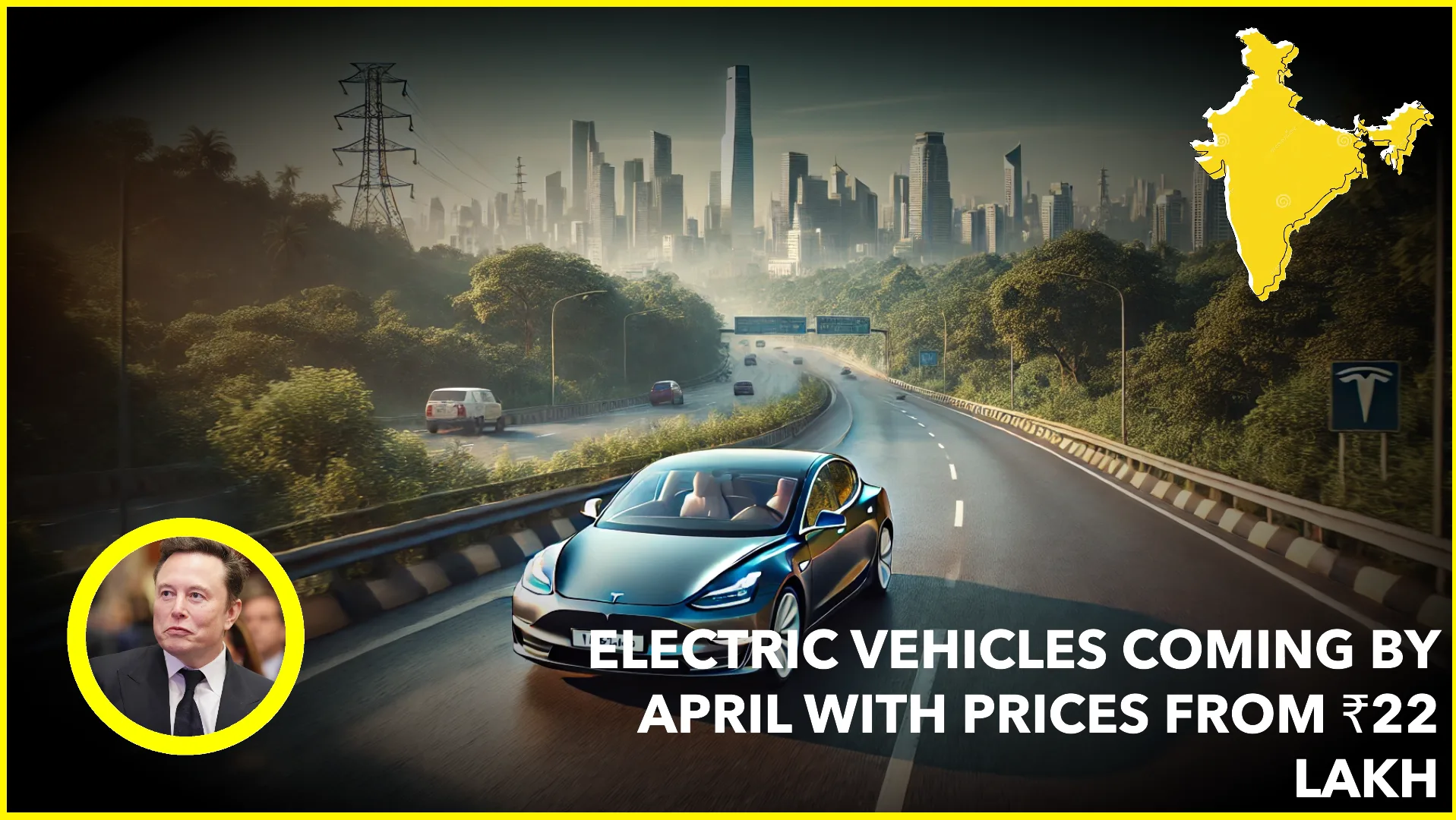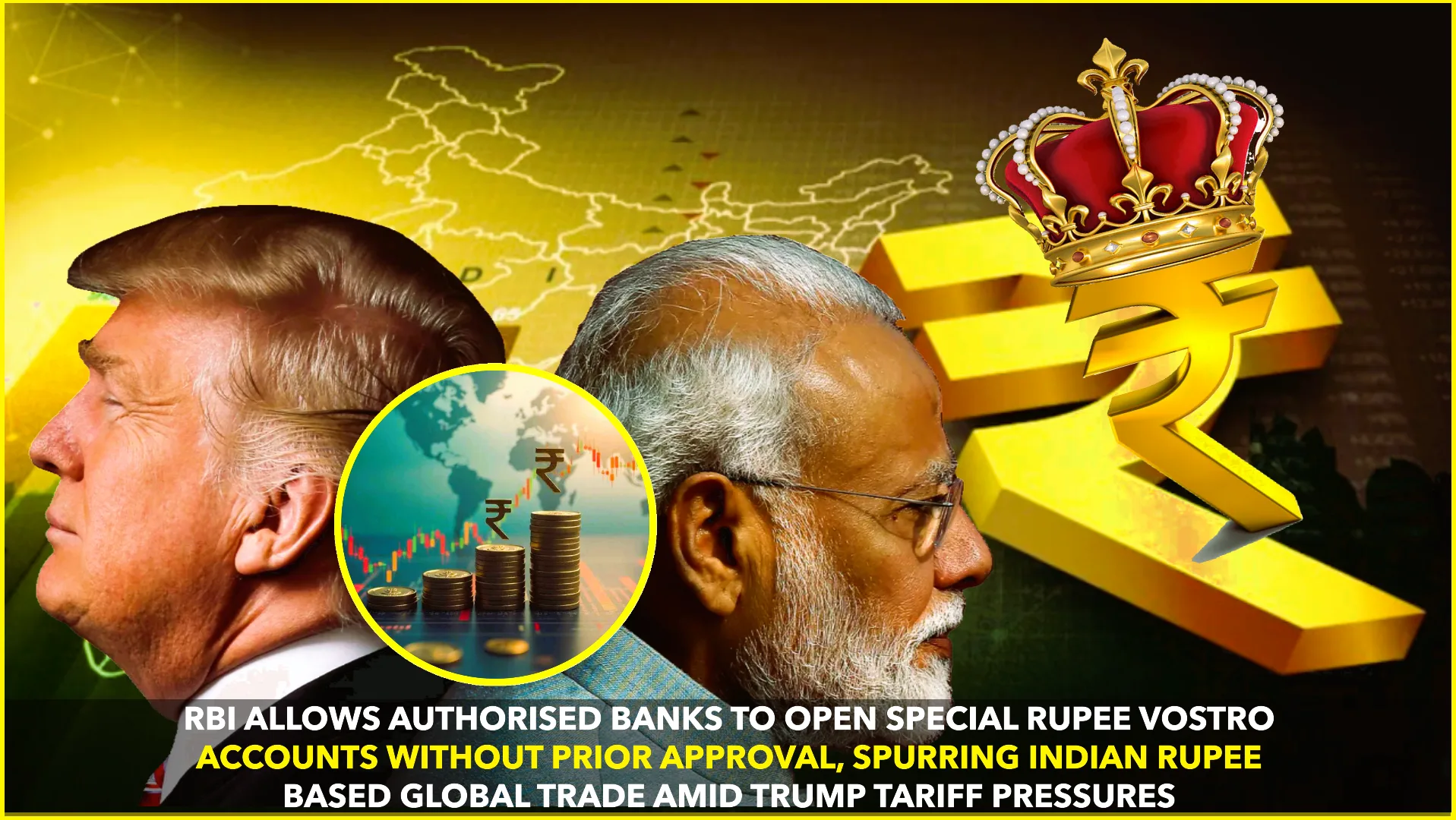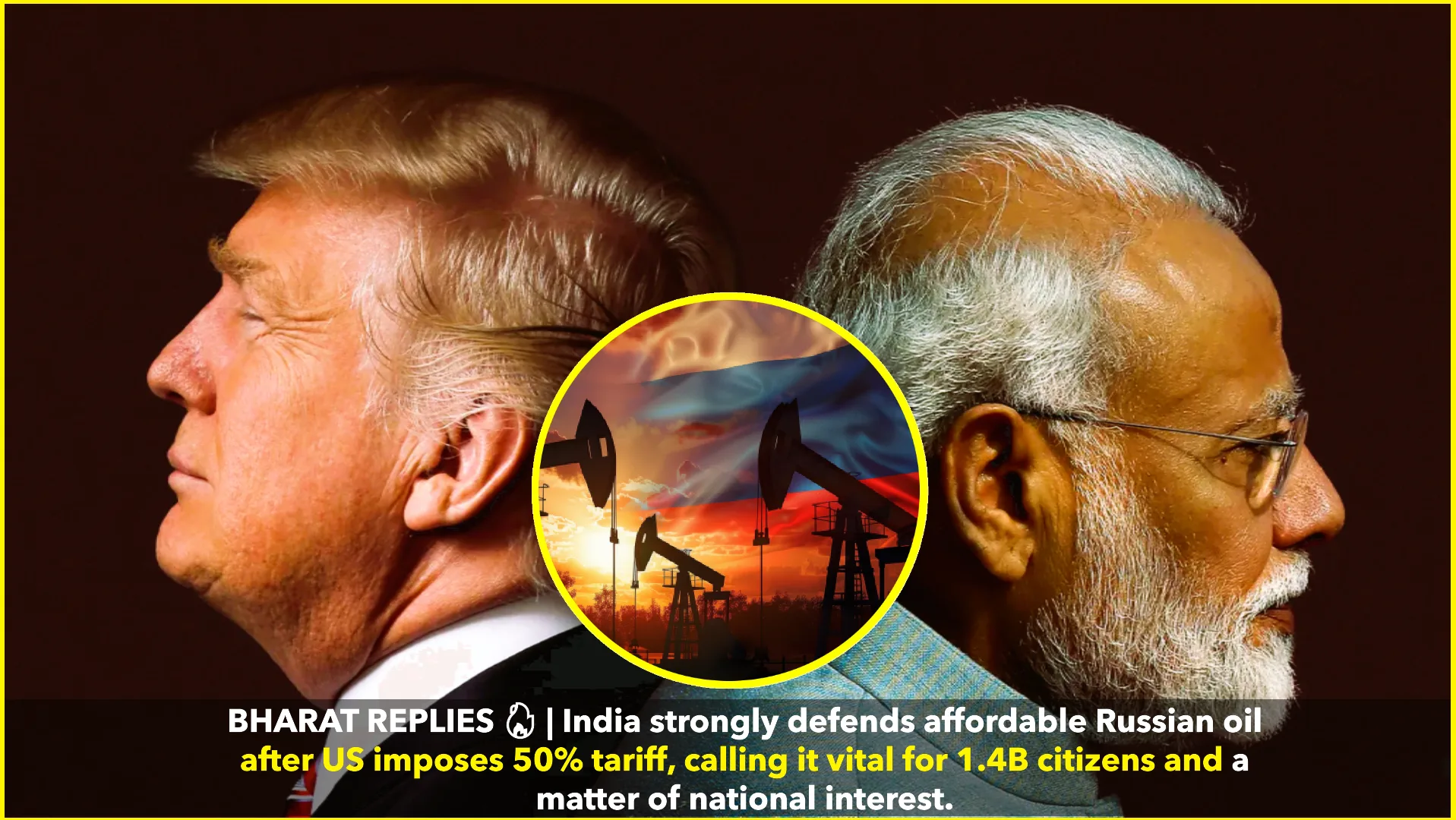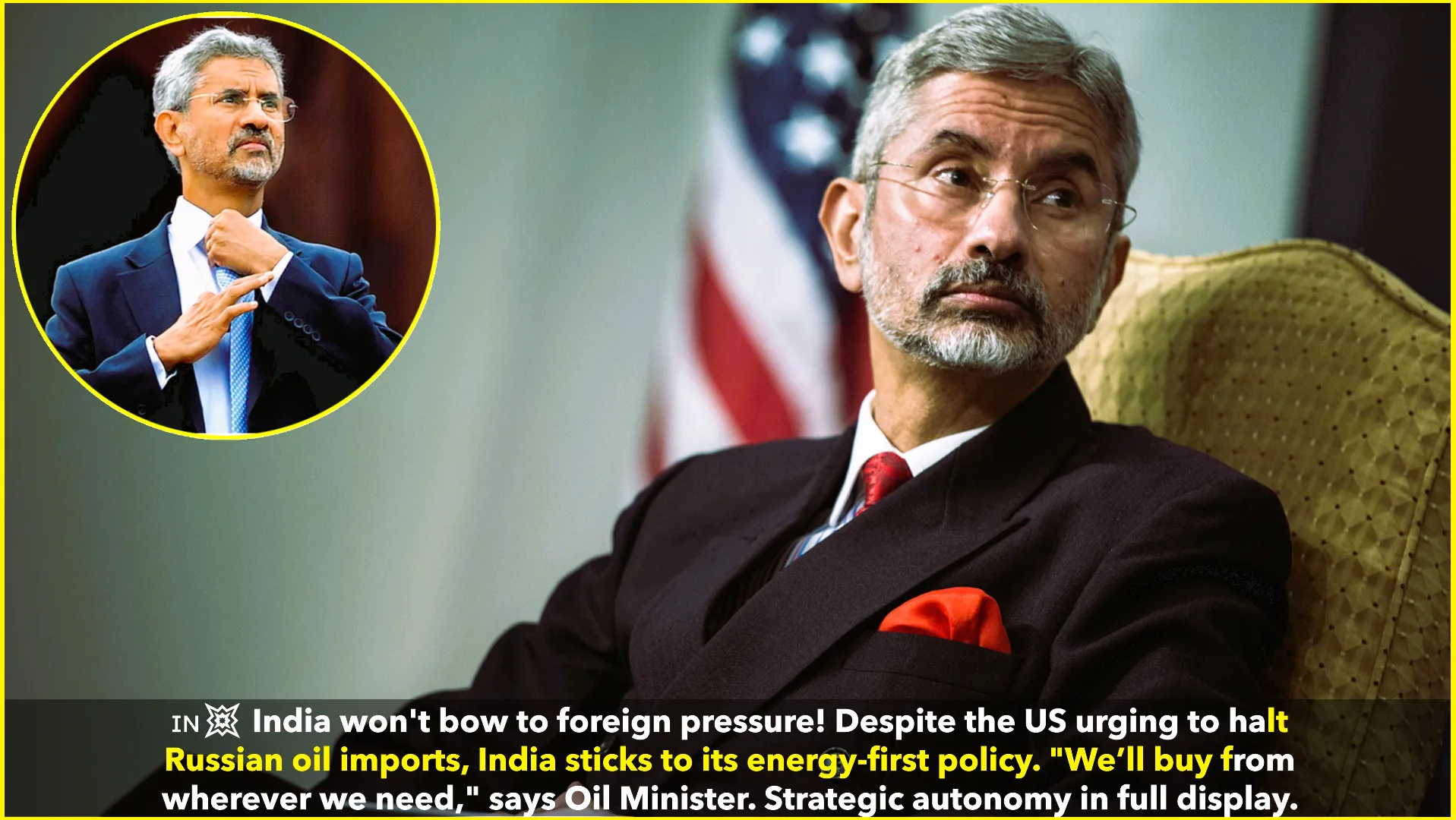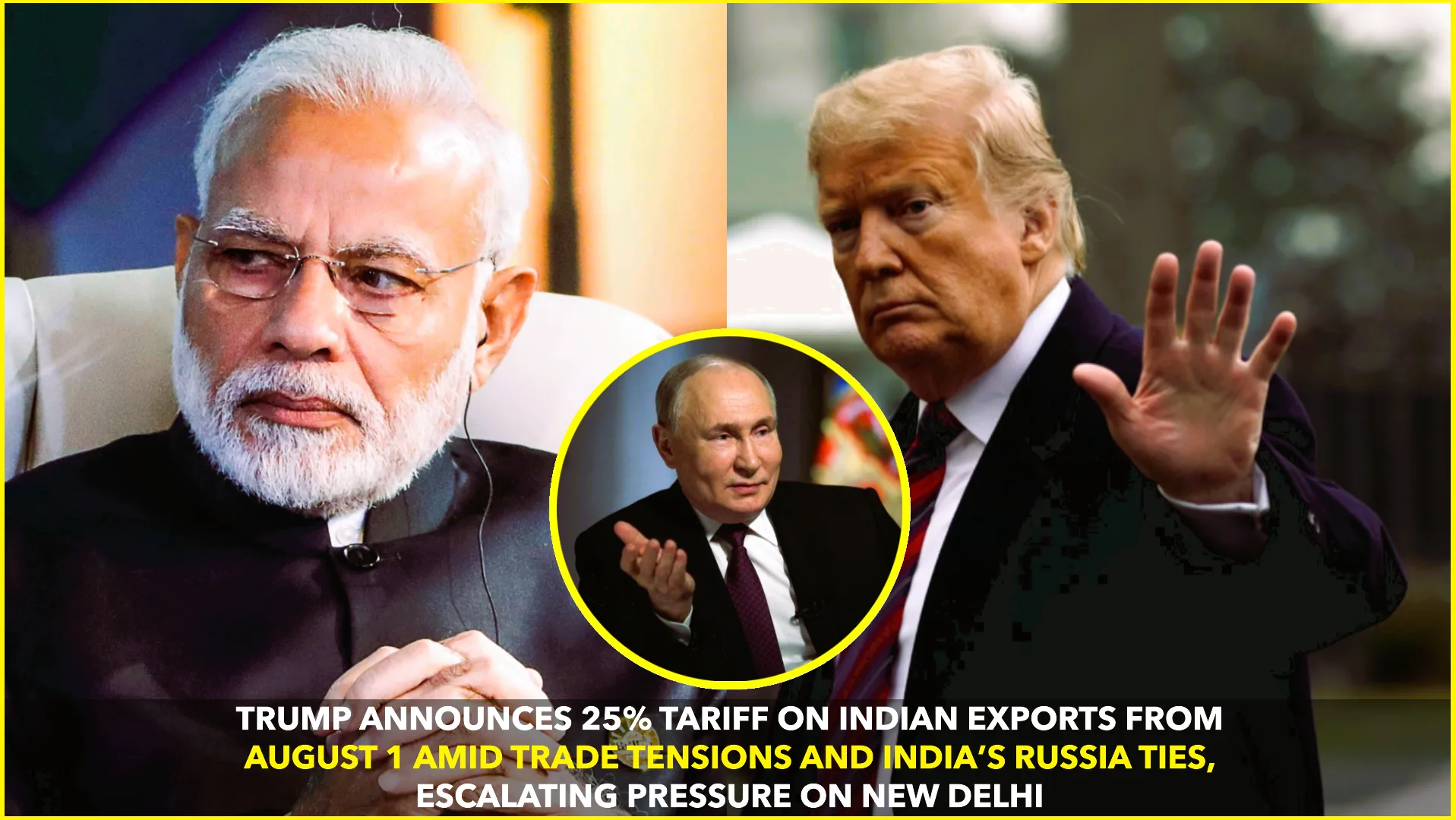Tesla, under the leadership of Elon Musk, is poised to make a significant entry into the Indian automotive market by April 2025. The company plans to introduce its electric vehicles (EVs) with starting prices around ₹22 lakh, targeting the burgeoning demand for sustainable transportation in the world’s third-largest car market.
Strategic Import Plans from Berlin
In alignment with its expansion strategy, Tesla has initiated the production of right-hand drive vehicles at its Berlin Gigafactory. These units are designated for export to India, marking a pivotal step in Tesla’s commitment to the Indian market. This decision comes in the wake of India’s revised EV policy, announced in March 2024, which permits companies to import up to 8,000 vehicles annually at a reduced customs duty of 15%, a substantial decrease from the previous 110%. This concession is contingent upon a minimum investment of ₹4,150 crore (approximately $500 million) in local manufacturing within three years. Tesla’s move to import from Germany, rather than China, aligns with geopolitical considerations and India’s emphasis on reducing dependence on Chinese imports. business-standard.com
Site Selection for Local Manufacturing
Demonstrating a long-term commitment to the Indian market, Tesla is actively scouting locations for a manufacturing facility. A dedicated team is scheduled to visit India to evaluate potential sites, with states such as Tamil Nadu, Maharashtra, Gujarat, and Telangana emerging as frontrunners due to their established automotive ecosystems and strategic port access. The proposed investment for this facility ranges between $2 billion and $3 billion, aiming for an annual production capacity of 500,000 vehicles. This initiative not only underscores Tesla’s intent to cater to domestic demand but also positions India as a potential export hub for the company.
Product Portfolio and Pricing Strategy
Tesla’s initial offerings in India are expected to include the Model 3 and Model Y, with starting prices around ₹22 lakh. This pricing strategy is designed to make Tesla’s EVs more accessible to the Indian consumer, aligning with the government’s objective to increase electric vehicle sales to 30% of total car sales by 2030. The company’s focus on affordability indicates a strategic adaptation to the price-sensitive Indian market, aiming to compete effectively with established players.
Challenges and Market Dynamics
Despite the optimistic outlook, Tesla faces several challenges in its Indian venture. High import tariffs have historically been a significant barrier, deterring many automakers from entering the market. While the recent reduction in import duties offers some relief, the requirement for substantial local investment remains a critical factor. Additionally, the Indian EV market, though growing, is still in its nascent stages, with electric models constituting only 2% of total car sales in 2023. Domestic manufacturers, such as Tata Motors, currently dominate this segment, presenting stiff competition to new entrants.
Geopolitical Considerations
Tesla’s decision to import vehicles from Germany instead of China is influenced by geopolitical factors and India’s strategic interest in reducing reliance on Chinese imports. This move is expected to resonate positively with Indian policymakers and consumers alike, potentially facilitating smoother market entry and operations for Tesla. business-standard.com
Conclusion
Tesla’s impending launch in India signifies a landmark moment in the country’s automotive landscape, reflecting a confluence of strategic planning, favorable policy changes, and a growing consumer shift towards sustainable mobility solutions. As the company navigates the complexities of a new market, its success will largely depend on its ability to adapt to local dynamics, establish robust manufacturing and supply chain networks, and offer products that resonate with the Indian consumer base. The coming months will be crucial in determining how Tesla’s entry reshapes the EV market in India and influences the broader adoption of electric vehicles in the region.






